-
Courses
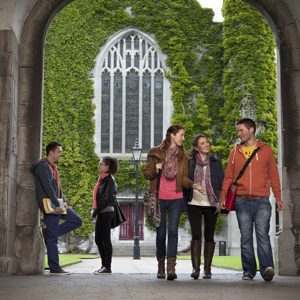
Courses
Choosing a course is one of the most important decisions you'll ever make! View our courses and see what our students and lecturers have to say about the courses you are interested in at the links below.
-
University Life
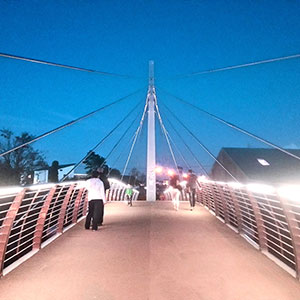
University Life
Each year more than 4,000 choose University of Galway as their University of choice. Find out what life at University of Galway is all about here.
-
About University of Galway
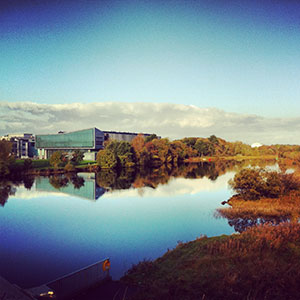
About University of Galway
Since 1845, University of Galway has been sharing the highest quality teaching and research with Ireland and the world. Find out what makes our University so special – from our distinguished history to the latest news and campus developments.
-
Colleges & Schools
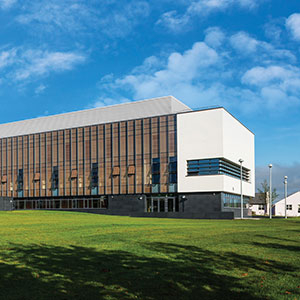
Colleges & Schools
University of Galway has earned international recognition as a research-led university with a commitment to top quality teaching across a range of key areas of expertise.
-
Research & Innovation
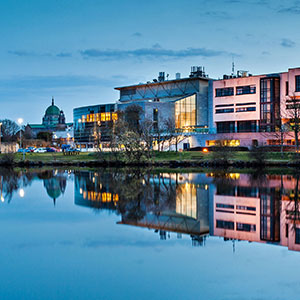
Research & Innovation
University of Galway’s vibrant research community take on some of the most pressing challenges of our times.
-
Business & Industry
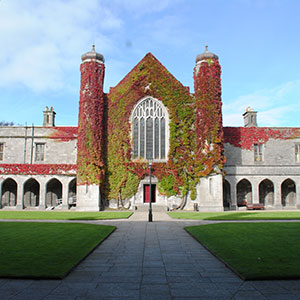
Guiding Breakthrough Research at University of Galway
We explore and facilitate commercial opportunities for the research community at University of Galway, as well as facilitating industry partnership.
-
Alumni & Friends
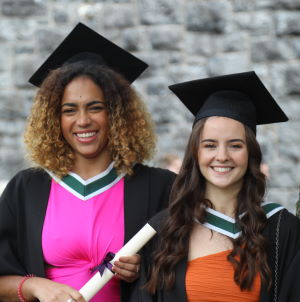
Alumni & Friends
There are 128,000 University of Galway alumni worldwide. Stay connected to your alumni community! Join our social networks and update your details online.
-
Community Engagement
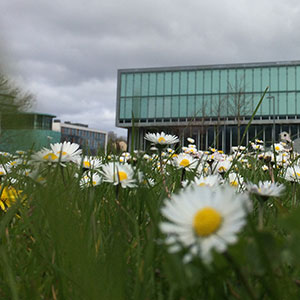
Community Engagement
At University of Galway, we believe that the best learning takes place when you apply what you learn in a real world context. That's why many of our courses include work placements or community projects.
July New study reveals true sources of night-time light pollution
New study reveals true sources of night-time light pollution
International citizen science project reveals streetlights are only one part of the growing light pollution problem, with residential and commercial lighting also playing major roles
A major international citizen science project, with contributions from University of Galway, has revealed that streetlights are far from the only source of light pollution affecting our night skies.
The study, published in Nature Cities, challenges the common assumption that streetlights are the primary contributor to urban light pollution and indicates that residential, commercial, and other non-street lighting sources play a significant role in brightening our night skies.
Many of these sources remain on well after midnight, creating unnecessary light spill and contributing significantly to night-time skyglow and its environmental impacts.
More than 250 citizen scientists, mostly located in Germany, used a mobile app called Nachtlichter (‘Nightlights’) to examine over 230,000 individual light sources during 3,868 night-time surveys.
The study was led by Christopher Kyba, former geographer at Ruhr University Bochum and the GFZ Helmholtz Centre for Geosciences, who said: “Both energy and lighting policy as well as research on the effects of artificial light on the environment have generally focused on street lighting. Our findings indicate that a broader approach that considers all lighting is necessary in order to understand and reduce the environmental impacts of light in cities.”
The research has direct relevance for Ireland, where there is currently no national legislation or policy to mitigate light pollution. With the EU requiring member states to address light pollution through Nature Restoration Action Plans, these insights offer valuable direction for future policy.
University of Galway researcher with the School of Geography, Archaeology and Irish Studies, Georgia MacMillan contributed to the study by coordinating surveys in multiple Irish locations around counties, such as Mayo and Galway, including the University of Galway campus.
Georgia MacMillan said: “Using the NightLights application to conduct pilot surveys for this project helped us to consider the different sources of light pollution. This is something we need to do on a larger scale in Ireland and we hope to use the application for future studies in collaboration with other Irish University campuses and community groups.”
A Research Ireland Employment-based PhD Scholar, MacMillan is examining the role of dark sky tourism and community engagement in addressing light pollution, supervised by Dr Thérèse Conway and Professor Marie Mahon from the University’s School of Geography, Archaeology and Irish Studies.
Dr Thérèse Conway said: “Through her role, Georgia has been instrumental in the successful bid by Dark Sky Ireland to host the Artificial Light at Night Conference (ALAN), which will take place in County Mayo later this year. It is the first time that Ireland will host this leading interdisciplinary event which will be attended by global specialists in light pollution and dark sky preservation such as Dr Christopher Kyba, lead author of the Nature Cities paper.”
The full study in Nature Cities is available at https://www.nature.com/articles/s44284-025-00239-5
The Artificial Light at Night Conference will take place from 28-31 October 2025 at the Westport Woods Hotel, Mayo. More information on the conference can be found at www.artificiallightatnight.org.
Ends















